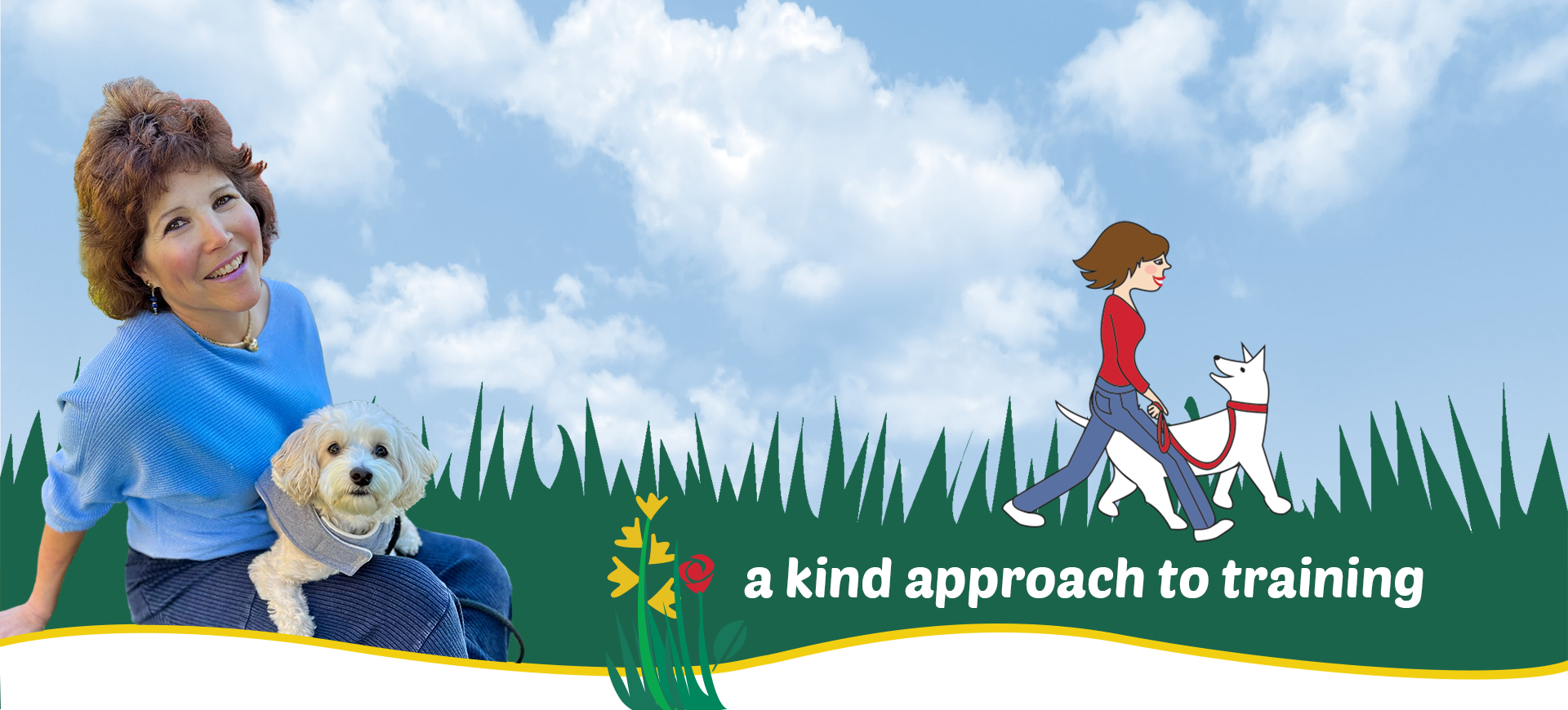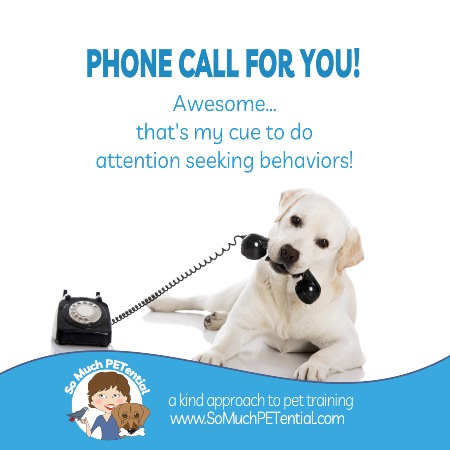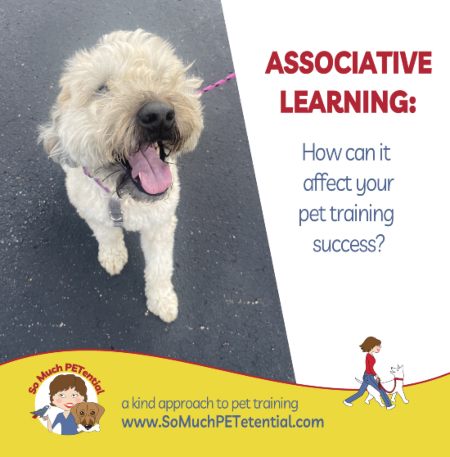I have seen and heard so many explanations for ‘taming’ a bird, many involving training a pet bird with some kind of force or punishment. Even before I met my first teacher in behavior, Dr. Susan Friedman the compassionate side of me always had a difficult time understanding those perspectives on animal care.
On ‘taming’ parrots, one explanation I read explained that for a frightened or aggressive cockatiel, you should catch it in a towel, and clip its wings fairly severely before returning it to its cage to recover; and later trying to get the bird to step up onto a stick. If it won’t step onto the stick from inside the cage, it was said to catch it gently and take it into a small room to work with it some more.
Another explanation was to make 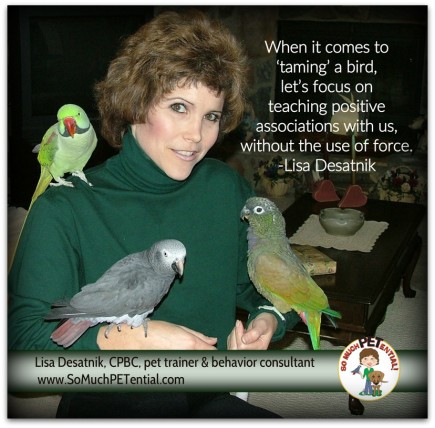 a fist, bend it as far as it will go, and then bring your fist to the bird slowing to find out its striking range. Yet another description I have heard is to expect bites and do not back down when it happens, in order to teach the bird that he cannot make your hand disappear.
a fist, bend it as far as it will go, and then bring your fist to the bird slowing to find out its striking range. Yet another description I have heard is to expect bites and do not back down when it happens, in order to teach the bird that he cannot make your hand disappear.
To this approach, my compassionate side that has learned about behavior science also must ask, in that circumstance, is the bird REALLY being ‘tamed’ or is it learning it has no power over its environment – a dangerous slope to go down. Learned helplessness occurs when an animal is subjected to an aversive stimulus from which it cannot escape and it eventually stops trying because it learns it is utterly helpless to change the situation.
Sure, the animal may (or may not) stop lunging but at what cost? Imagine the extreme stress it must endure and also imagine how that will impact its association with the person who was at the other end of that intrusive body part.
Wow, I think I will stop there.
I would much rather focus on talking about how we, as pet bird owners and caregivers, can help our animals – and our relationship with them – succeed in the most positive, least intrusive way.
Instead of expecting birds to bite humans, first consider why that occurs in captivity.
It is important to keep in mind that all behavior occurs for a reason, and that reason is simply, to get a consequence. Behavior is a tool animals use to move them toward something of value (to the animal) or to move away from something aversive (to the animal).
When the consequence of a bird moving away, pinning its eyes, standing erect, flailing its tail or a number of other behaviors to increase distance is a hand or human body part continuing to move closer; then the bird is learning those ‘distance increasing’ behaviors simply do not work to get humans to move away.
Unfortunately, if the bird then escalates its behavior (since its nonaggressive body language does not work to communicate with humans) to a lunge or bite and only then do hands and bodies back up, then the bird has learned lunging and biting is the most effective strategy for getting distance.
Here are a few general suggestions for setting yourself and your pet bird up to succeed.
- Be aware of your bird’s body language. If your bird is exhibiting distance increasing behaviors, then give your bird some distance to teach it those nonaggressive behaviors work.
- Keep in mind that from your bird’s perspective, stepping up onto a human body part can be a pretty scary thing to do. Expecting your bird to quickly step onto your hand or arm without any practice with lots of positive outcomes is unrealistic.
- Give your bird a choice to come closer. Instead of approaching your bird, reinforce your bird for moving closer to you….one small step at a time. Never be too greedy here and ask for more than your bird is comfortable with. Do not expect in your first interaction to have a finished behavior. In your first training session, success may be your bird moving two steps toward you. You then may work up to your bird touching your arm, putting a foot on your arm (while you keep your arm stationary), then two feet on your arm, then lifting your arm a small bit and putting it back down, etc. This process is called shaping behavior. I wrote about it here.
- If you are worried about your bird biting you when it is outside its cage, or your not being able to get your bird back into its cage, you will be helping yourself and your bird to succeed by beginning training with your bird kept in a closed cage – out of reach from human hands and bodies.
- In general, teaching your bird some new behaviors to do to get reinforcement will not only increase your bird’s confidence but will increase your bird’s positive association with you (as the giver of reinforcers).
- And when your bird is with you or on you, ensure it is a positive experience (from your bird’s perspective).
Here is link to how I solved a past issue with biting in my household.

